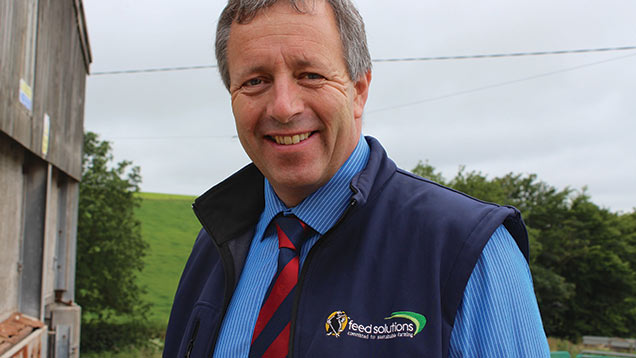Expert advice for grazing dry cows

Pay close attention to grassland management to get dry cows off to the best start, advises Robin Hawkey, senior nutritionist for Mole Valley Feed Solutions.
Dairy producers on seasonality contracts or AB pricing models will need all autumn calvers to be up and running as soon as they calve, which means getting management right pre-calving is a must.
Grazed grass represents a substantial risk for dry cows, with grass potash levels potentially upsetting DCAB and calcium metabolism, increasing the risk of milk fever and other subsequent diseases. Although housing is preferable, where this is unachievable, pasture management should form a key focus.
Avoid lush grass and instead graze dry cows on high dry matter, less fertile, permanent pasture. If you need to clean up after the milkers, use a topper and not dry cows, as it’s not worth the risk. Also ensure grazed dry cows receive adequate energy, protein and minerals in the form of buckets, blocks and dry cow rolls. This will help them calve in well and in the right body condition so they get back in calf.
With many areas of the country experiencing good silage yields, together with carry over from last season, this year could also provide an opportunity to take an extra silage cut specifically for dry cows. Let grass go over slightly further so it’s fibrous and over 30% DM and take from fields with lower potash indices. This will provide good structural fibre and also be more nutritious than the straw often used to dilute winter dry cow rations.
